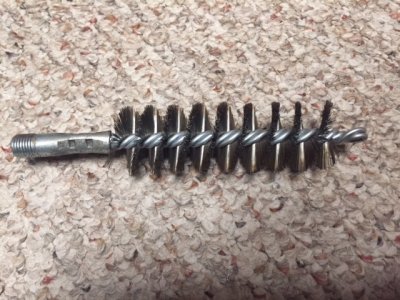- Joined
- 28 April 2015
- Messages
- 23
Hi Prime, I'm a lurker who never post anything but I'm trying to get some help as I messed up a big time on a simple CV boot rebuild.
I was doing a cv boot replacement yesterday, everything went smooth and okay until the markings on the spider and the rollers have decided to disappear while disassembling.
I used a regular marker to mark the spider/rollers/shaft ( i somehow assumed that it would be fine) before removing the spider and the rollers from the shaft. Took them out and saw the markings were still there and then I tossed them in the big towel to clean them thoroughly.. and yes the markings were gone..
I tried fitting the spider on the shaft without the original marking, I guess teeth are specifically spaced so spider can't be reinstalled on some random position but I found 2 different positions where I can reinstall the spider. does it matter which position I put the spider in?
As long as I can somehow manage the 60 deg. between the inner and outer spider I think I should be okay, but is there any way I can rebuild the rollers into original position without the marking? ( all 3 of these look identical and fit on all three legs on spider... )
Or am I screwed now and have to fork out to buy a new set of axles...
any help would be appreciated, thank you so much in advance.
I was doing a cv boot replacement yesterday, everything went smooth and okay until the markings on the spider and the rollers have decided to disappear while disassembling.
I used a regular marker to mark the spider/rollers/shaft ( i somehow assumed that it would be fine) before removing the spider and the rollers from the shaft. Took them out and saw the markings were still there and then I tossed them in the big towel to clean them thoroughly.. and yes the markings were gone..
I tried fitting the spider on the shaft without the original marking, I guess teeth are specifically spaced so spider can't be reinstalled on some random position but I found 2 different positions where I can reinstall the spider. does it matter which position I put the spider in?
As long as I can somehow manage the 60 deg. between the inner and outer spider I think I should be okay, but is there any way I can rebuild the rollers into original position without the marking? ( all 3 of these look identical and fit on all three legs on spider... )
Or am I screwed now and have to fork out to buy a new set of axles...
any help would be appreciated, thank you so much in advance.







